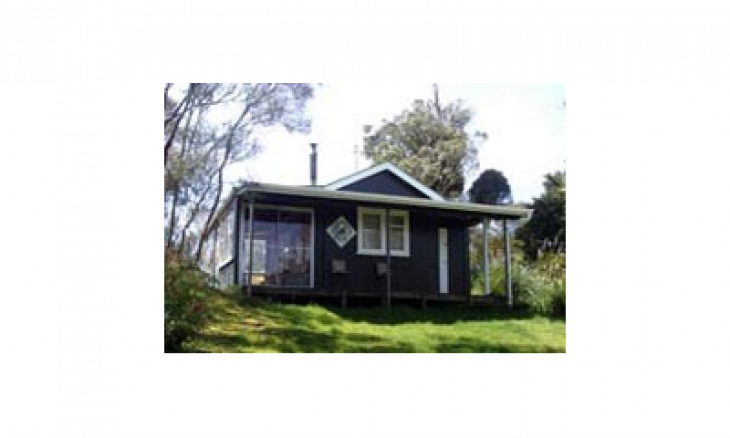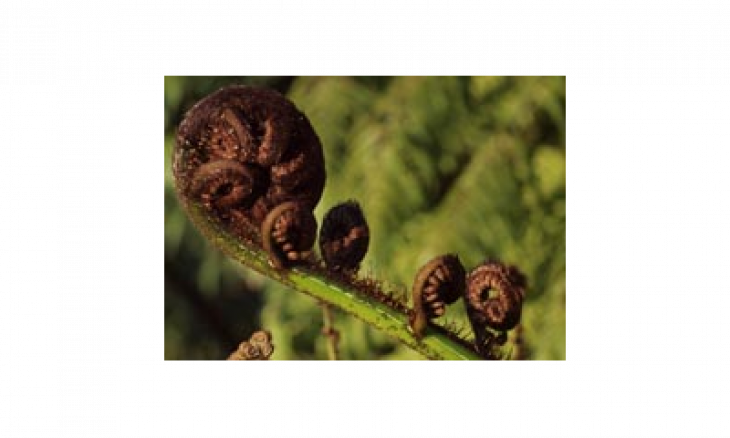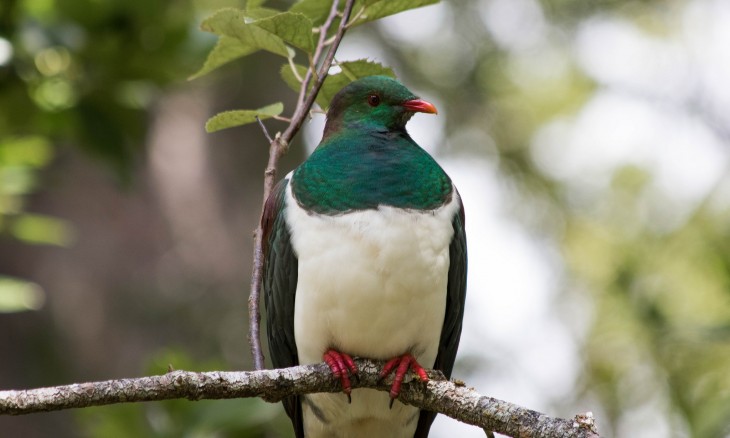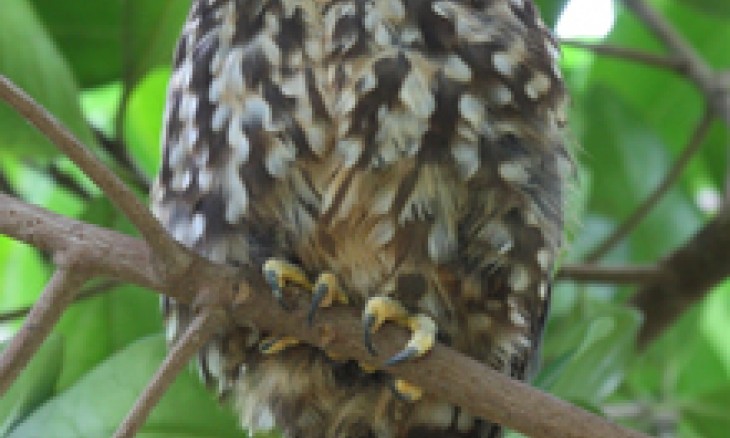Our branch covers the area from Tariki (Central Taranaki) to Pātea (in South Taranaki).

Collier Block
This 396 hectare block comprises mature native forest and is home to plentiful birdlife including tui, miromiro (tomtit), pīwakawaka (fantail), kererū (NZ pigeon), ruru (morepork) and friendly toutouwai (NI robins), as well as pekapeka (long tail bats), and tōtara, rimu, tawa, matai, kahikatea and many other native trees. The block, owned by the Collier family, is protected under a QE11 covenant, and the bush is very healthy, thanks to our dedicated volunteers who work to control pests in the area, and maintain tracks and facilities. The bush area borders the scenic Lake Rotorangi with walking and quad bike tracks leading to various natural features such as a waterfall, large trees and the lake. The ridge tops also offer spectacular views of Mt Taranaki.

The Hardwich-Smith Block is home to many fern species. Credit: Jackie Whitehead
Tōtara Block
Tucked away up a gravel road in Mangamingi (inland from Eltham) is the Tōtara Block. It is a 452 hectare area of private land, a prime example of 80 year old regenerating native bush, owned by the Hardwick-Smith family. Pungas dominant the canopy, with other species emerging such as rewarewa, rangiora, mahoe, tōtara, lancewoods, matai & kahikatea.
With a good network of quad and walking tracks the block has been the target of trapping and pest control by South Taranaki Forest & Bird members for over 30 years, making it well placed to be the first wild release site to receive kiwi in Taranaki. Of the 40 kiwi translocated over 3 years from 2020, monitoring of several of these kiwi are carried out regularly by branch volunteers and with so much room and plenty of tucker, the kiwi are flourishing. Kiwi can be heard calling most nights.
Our branch volunteers enjoy working on the block doing pest control, track and facility maintenance.
Rawhitiroa Wetlands
This project began as a proposal in 2018, with our group taking the lead, and has had many generous supporters along the way. Our aim for this area is to establish a native habitat for the “at risk-declining” Brown mudfish, preserve local history, and create an outdoor classroom area available for all schools to use.
We have created a walking track through the area and developed the ponds and causeways. Native flora has been planted, and an outdoor classroom area has been built. The ponds will need to ‘sit’ for 3 years before the mudfish can be introduced.
Information boards will be erected in time. Students will have the opportunity to learn to identify native species and threats and discover their own role in conservation. We are working on having lesson plans available to allow schools to study within their own curriculum. The site will demonstrate the beauty of wetlands, and the important role they play in agriculture and preserving native wildlife at the same time. The wetlands are on the Rawhitiroa Road, east of Eltham next to the Rawhitiroa School. Parking is by the school and visitors are most welcome to go for a wander around the area.
Volunteering
If you are interested in being a volunteer and working with us, please get in touch, details are below. Due to the nature of the sites, you may need to complete appropriate training.



